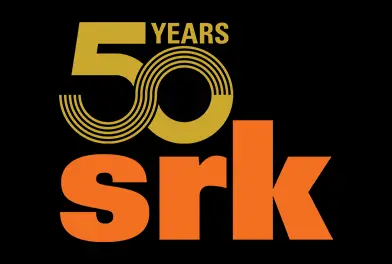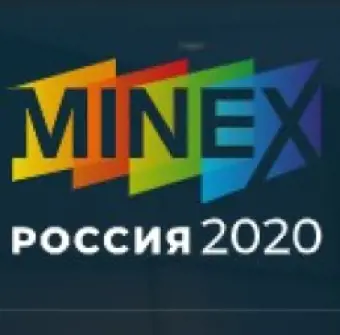Oxidation of sulfide mineral-bearing rock and tailings generated by the mining industry can have a negative impact on the quality of water. The impacted water is generally referred to as acid mine drainage, acid and metalliferous drainage and acid and neutral mine drainage or AMD.
The rate of AMD generation in mine wastes is dependent on the rate of supply of oxygen into the landform to sulfide minerals. The two potential oxygen supply mechanisms are oxygen diffusion and gas advection, with advection potentially being dominant. The material properties that control diffusion and advection are, respectively, the oxygen diffusion coefficient and the intrinsic permeability (or equivalently the air conductivity). Sulfide mineral oxidation releases heat and therefore potentially results in high temperatures within the mine waste landform. Constructing a landform with appropriate values of the intrinsic permeability can limit or prevent advection and temperature rise and have beneficial effects on drainage quality.
This short video compares numerical modelling results of the oxygen supply and temperature change in landforms with high and low intrinsic permeabilities.


